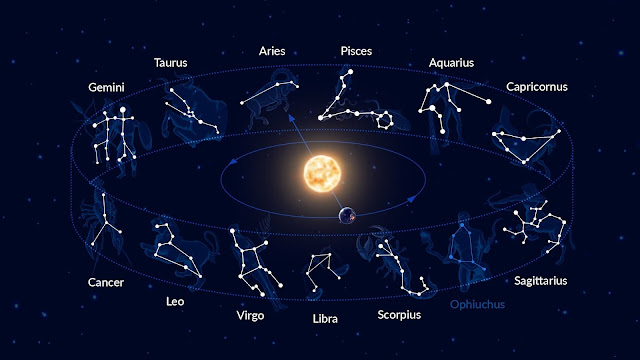The Stories Behind the Stars: Who Are Constellations Named After?
For centuries, humans have looked up at the night sky and traced patterns among the stars. These patterns, known as constellations, have not only served as navigational aids but have also inspired countless myths, legends, and stories. Let's explore some of the most well-known constellations and the fascinating figures they are named after.
Orion: The Hunter
Orion is one of the most recognizable constellations, visible in the night sky during winter months. According to Greek mythology, Orion was a mighty hunter, the son of Poseidon, the god of the sea. Legends say he was so skilled that he boasted of his abilities to Artemis, the goddess of the hunt. As punishment for his arrogance, he was placed among the stars after his death. Orion is depicted in the sky with a belt of three bright stars and a sword hanging from it.
Ursa Major and Ursa Minor: The Great and Little Bear
Ursa Major and Ursa Minor are two prominent constellations known for their bear-like shapes. Ursa Major, also known as the Great Bear, contains the famous Big Dipper asterism, which has been used for navigation for centuries. According to Greek mythology, Ursa Major represents Callisto, a nymph who was transformed into a bear by the goddess Hera. Ursa Minor, the Little Bear, is said to be Callisto’s son, Arcas, who was also transformed into a bear.
Cassiopeia: The Vain Queen
Cassiopeia is a distinctive W-shaped constellation named after a queen in Greek mythology. According to legend, Cassiopeia was the wife of King Cepheus and the mother of Andromeda. She was known for her vanity and boastfulness, claiming that her beauty surpassed that of the sea nymphs. As punishment, Poseidon placed her in the sky, forever bound to her throne, to circle the North Star in an eternal dance.
Draco: The Dragon
Draco, the dragon, is a long, winding constellation that circles the North Celestial Pole. In Greek mythology, Draco is often associated with the dragon Ladon, who guarded the golden apples of the Hesperides. Another story links Draco to the dragon slain by Cadmus, the founder of Thebes. Its serpentine shape and position in the sky make Draco one of the most intriguing constellations.
Leo: The Lion
Leo is a prominent constellation visible in the spring, easily identified by its distinctive lion shape. In Greek mythology, Leo represents the Nemean Lion, a fearsome beast slain by the hero Heracles as one of his twelve labors. The lion’s skin was said to be impervious to weapons, and Heracles ultimately defeated it using his immense strength. The constellation Leo commemorates this legendary battle.
Perseus: The Hero
Perseus is a constellation named after the Greek hero known for slaying the Gorgon Medusa. According to myth, Perseus used a mirrored shield to avoid Medusa’s petrifying gaze and beheaded her with his sword. He later saved Andromeda from a sea monster, earning a place among the stars. The constellation Perseus is notable for containing the famous Perseid meteor shower, which occurs every August.
Conclusion
The constellations are more than just patterns in the sky; they are a tapestry of stories and legends passed down through generations. Each constellation carries the legacy of ancient cultures and their beliefs, providing a window into the rich mythology that has shaped our understanding of the universe. As you gaze at the stars, remember the tales of gods, heroes, and creatures that continue to inspire our imaginations today.










